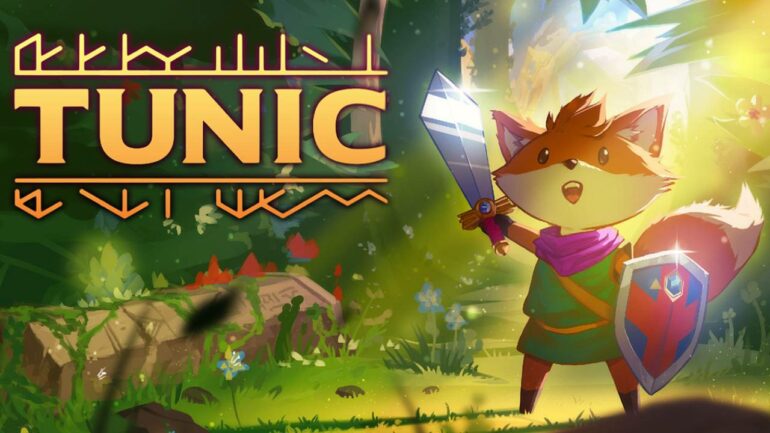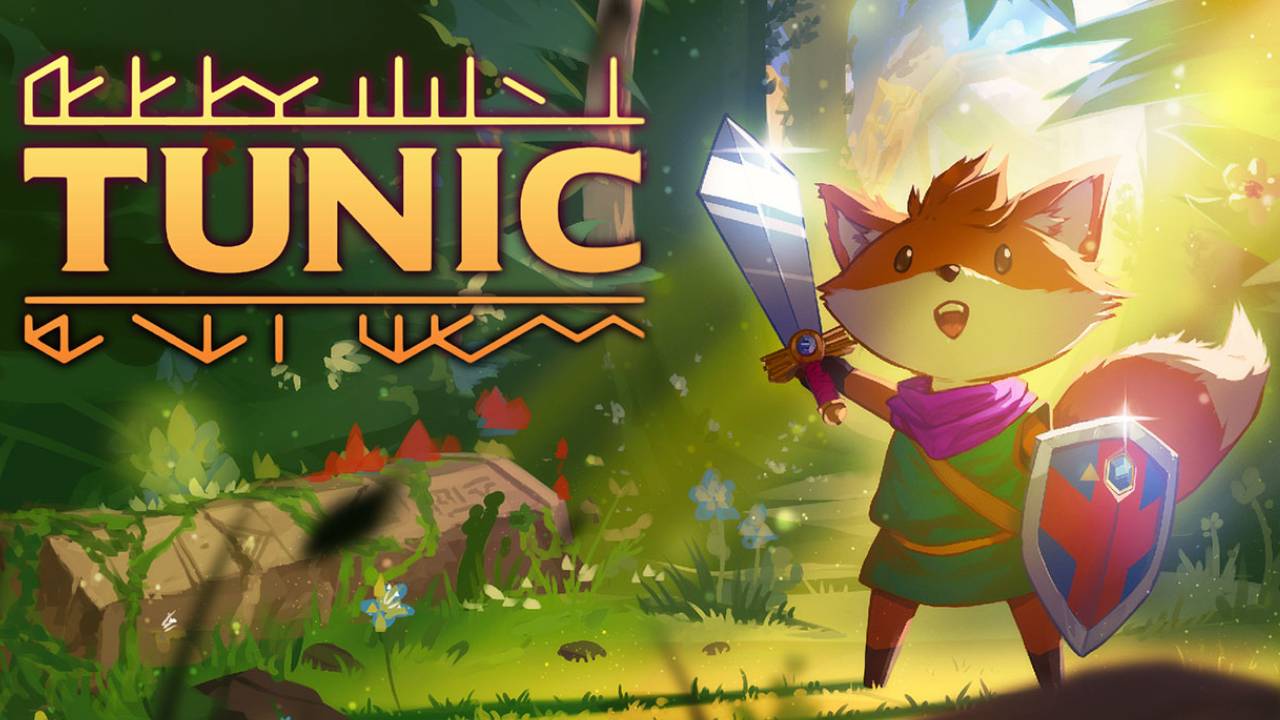Fans of the much-anticipated soulslike TUNIC will be more than thrilled with its final release. It is an obtuse deconstruction of the original Legend of Zelda, capturing its spirit and modernizing it with a soulslike edge. While I can’t say I loved my time with the game, I admire its vision and its commitment to the design philosophy of discovery over-explanation, and I think those who find that appealing will love TUNIC.
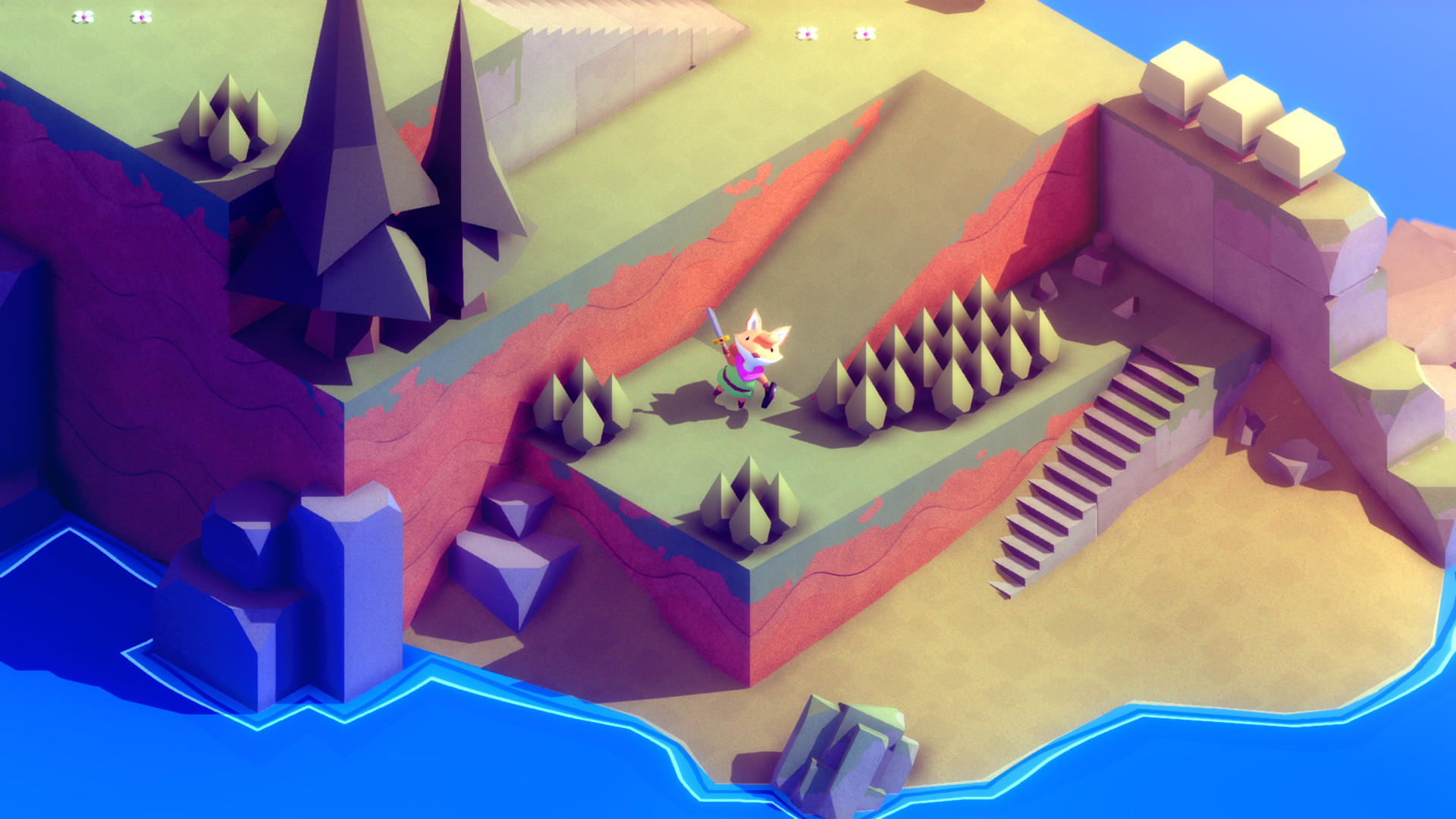
“Uncovering this story and the combat and systems of the game serves as the main drive, pushing you through TUNIC’s 10 to 20-hour runtime.”
TUNIC follows the familiar soulslike tropes of a hollowed place set in a place where bloody battles have been fought and the heroes died long ago. However, it has a more optimistic approach than other releases in the genre. This is in no small part due to its breathtaking isometric backgrounds, gorgeous lighting and warm sparkling colours. It avoids the stereotypical muted greys and browns that we normally see in the genre.
You play a fox on a journey to restore some semblance of what has been lost. It is a vague story buried in hidden pages of a virtual instruction booklet that you collect throughout the game. A complex language system that is rarely ever explained also works to give further lore and explanation. Uncovering this story and the combat and systems of the game serves as the main drive, pushing you through TUNIC‘s 10 to 20-hour runtime.
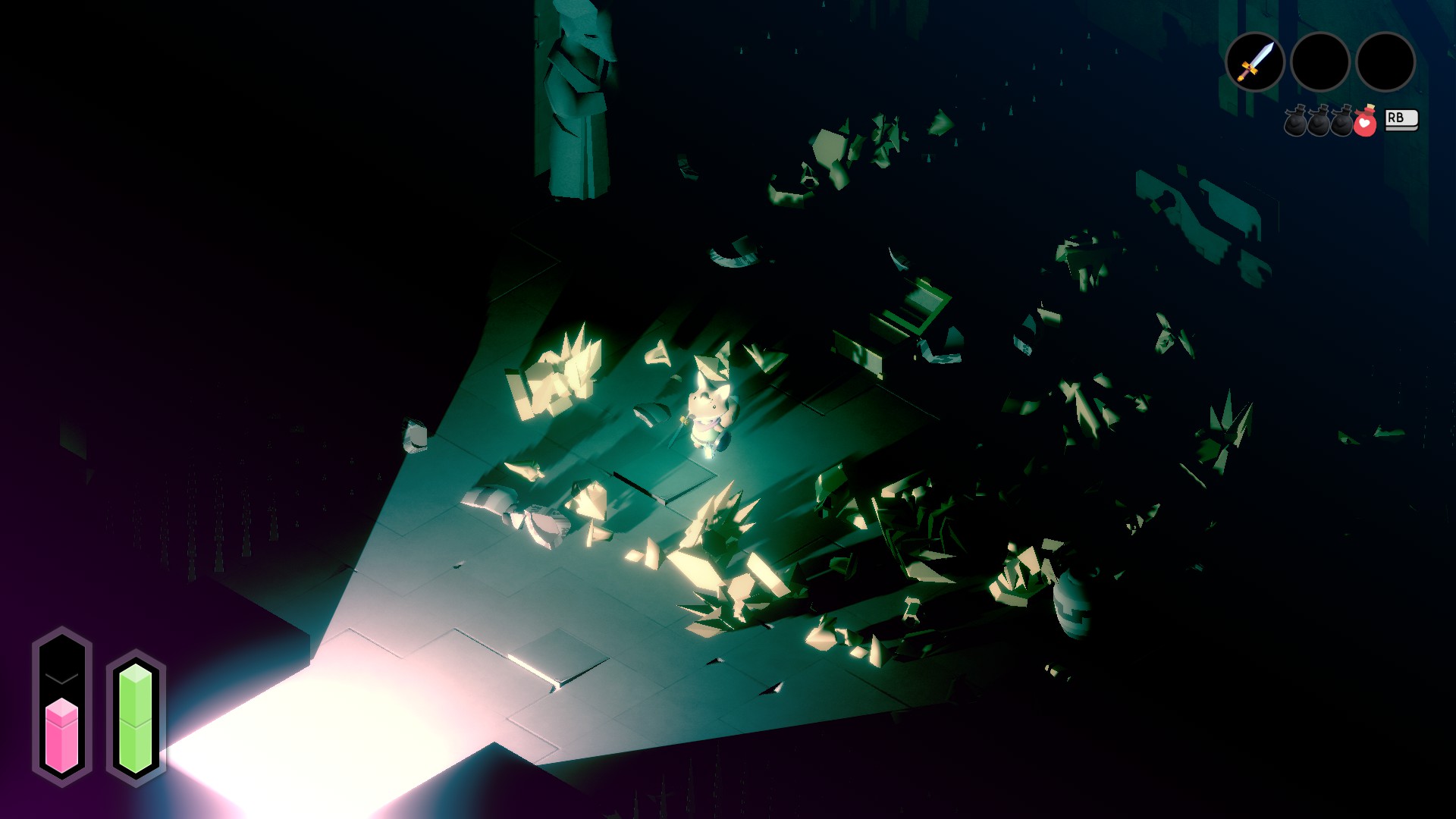
Each page of the instruction booklet, hidden throughout the world, contain valuable maps, item descriptions, mechanics, and tips. Some pages even direct you where to go next. However, especially in the latter half of the game, these tips are reduced to cryptic scribblings. These grew increasingly frustrating when I wandered around the map for hours trying to find the critical path.
Though there are a few too many paths hidden by the isometric perspective, the ‘aha’ moment of discovering a new part of the map, shortcut, page or treasure chest felt amazing every time. It falls neatly in line with design trends we have seen gain popularity over the last decade. But this movement, spearheaded most recently by Elden Ring, has its flaws like any other. In exchange for predictability, vague directions and mechanics can strip away player interest and engagement in the game.
“TUNIC demands patience and attention from its players, and you must be willing to be lost and frustrated.”
Some of TUNIC’s items, buffs, and even the purpose of some of your actions are so unclear that even the sparse explanations you find in pages do little to clarify aspects of the game. TUNIC demands patience and attention from its players, and you must be willing to be lost and frustrated. Its design is built upon making the low moments of frustration build toward the release of discovery or success in combat. There are amazing sights to see, and its presentation heightens the reward of progress with a calming ethereal synth-laden score and striking boss fight melodies.
The combat is what you would expect from a souls-like. It is stamina-dependent. Attacks hit hard, and you do little damage. Deliberate movement makes you commit to every action. You can choose to block with a shield or roll out of the way, although some attacks require one or the other to avoid taking damage.
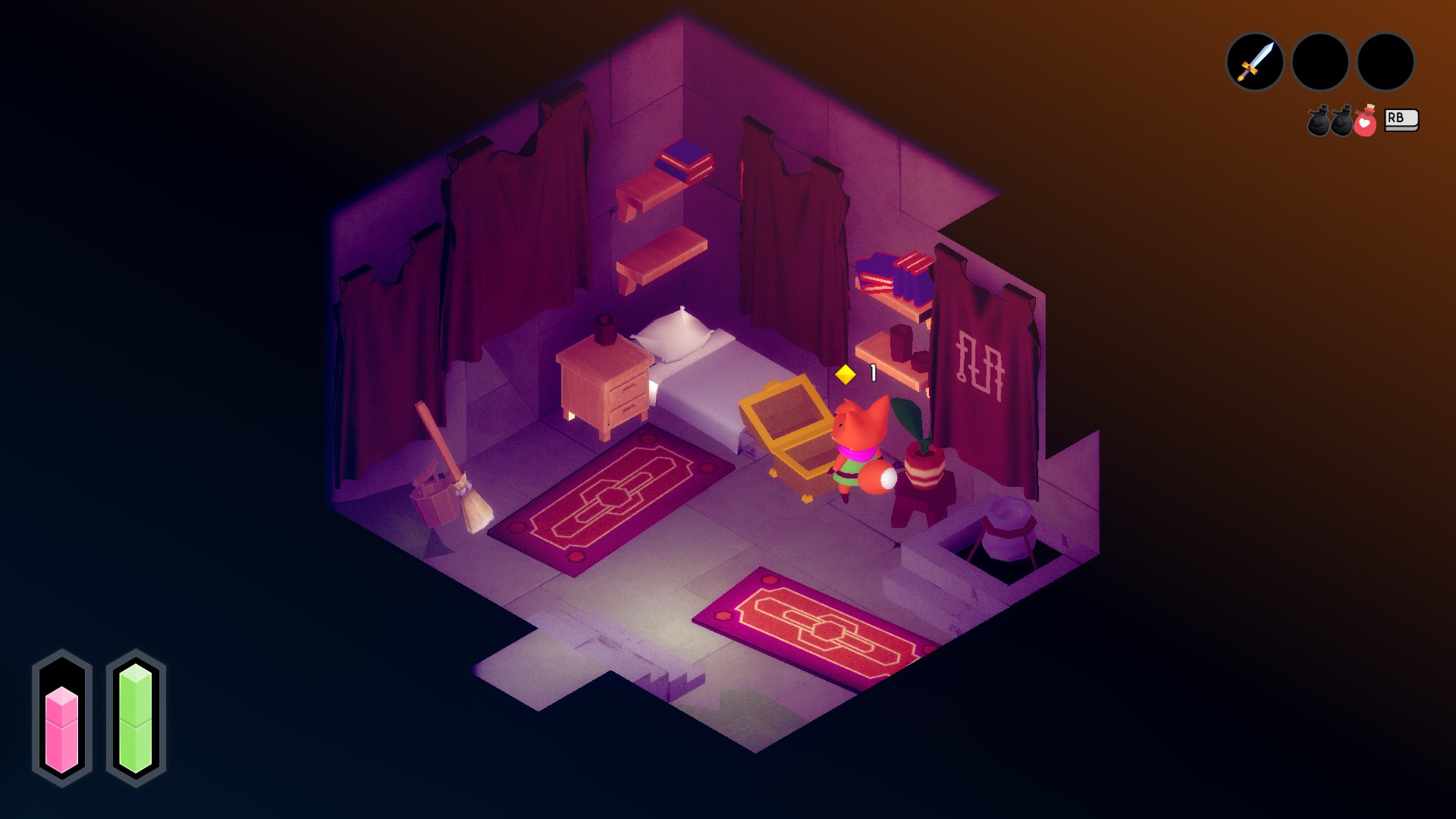
Bosses have massive health bars and difficult if avoidable, attack patterns. There’s magic to attack from a distance or freeze an opponent, consumables to heal or replenish mana, and bombs of different types you can buy or find. An immensely satisfying grappling hook allows you to pull enemies close for a couple of easy hits. This comes far too late in the game, which is a shame as it is such a fun mechanic quartered off to the final five or so hours.
“Unlike other similar experiences – *cough cough* Elden Ring – there are accessibility options for invincibility, unlimited stamina, and more.”
There are ‘bonfires’ to revive when you die, and a small amount of gold is left to reclaim at your corpse. You can upgrade your cute little fox with defence, speed, attack, and other relics at save points instead of a traditional levelling system. It also provides slow healing potions in the vein of the Souls series’ Estus flasks. You can also find and buy more throughout the game. Enemies are varied, forcing you to act differently in every encounter, especially when enemy types are mixed.
However, unlike other similar experiences – *cough cough* Elden Ring – there are accessibility options for invincibility, unlimited stamina, and more. It would be nice to see a fully fleshed-out rookie mode, but it was nice to see something like this for launch. For the most part, TUNIC is par for the course for a soullike and doesn’t do much to set itself apart. But what it does provide is a very polished version of it, with excellent visual feedback and combat tension.
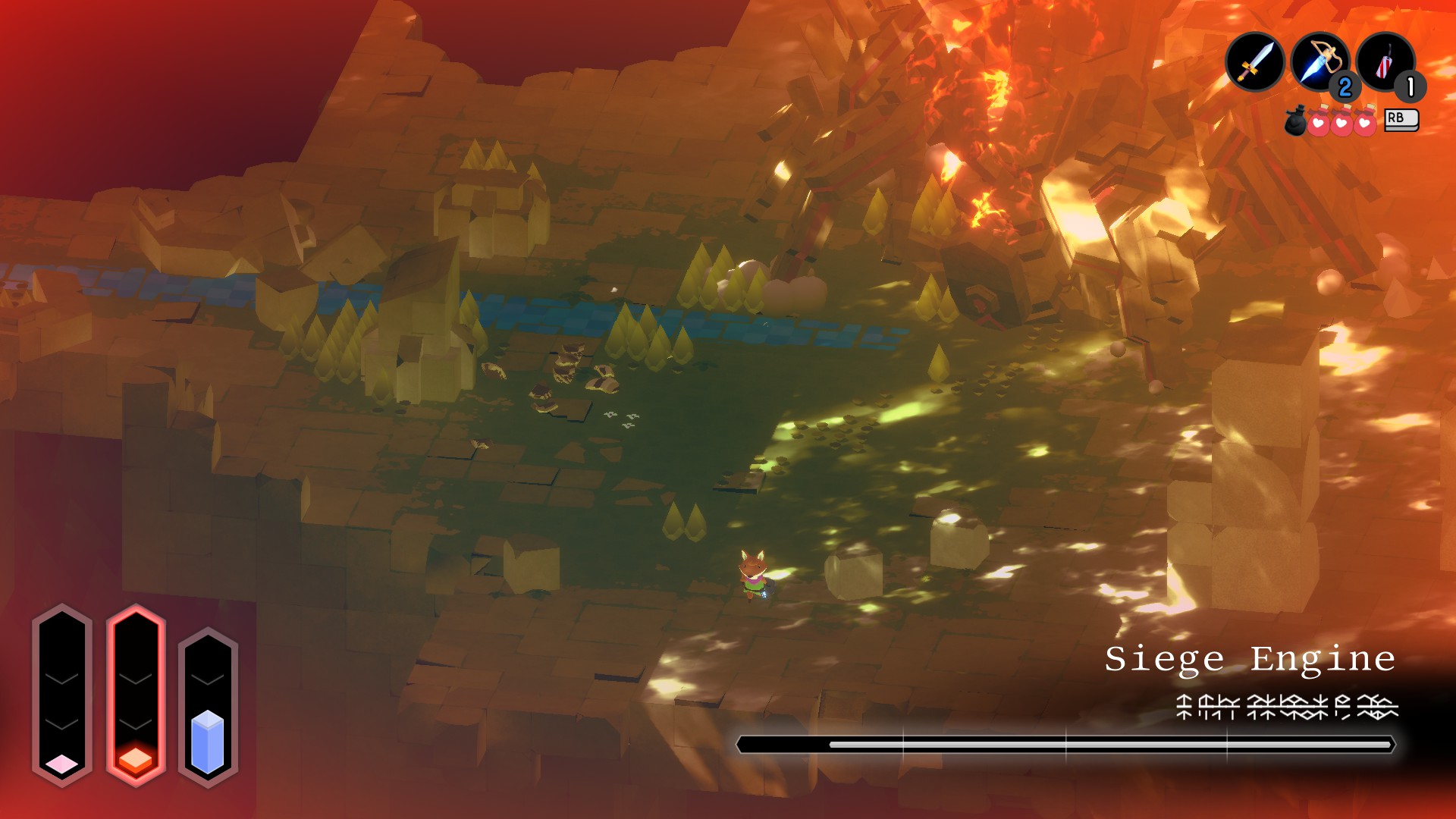
However, TUNIC commits an all too common sin of exploration-based games, forcing you to backtrack to find items at the end of the game. Then after reaching the end, it demands an arbitrary collectable threshold to achieve the game’s true ending. It’s an especially annoying requirement of the player, especially after an incredibly challenging final boss.
“TUNIC shows that a love for the obtuse old classics does not need to be entwined with the grotesque.”
Despite these issues, it expands the soulslike genre and really understands what’s fascinating about it and its ideology. It is not just the difficulty or the cryptic lore, but a world that you can never fully understand and that pushes back at your attempts to comprehend it. This makes the few moments, sights, and victories you can wrench from it all the more valuable. TUNIC draws charm from the genre’s nascent influences and shows that a love for the obtuse old classics does not need to be entwined with the grotesque.
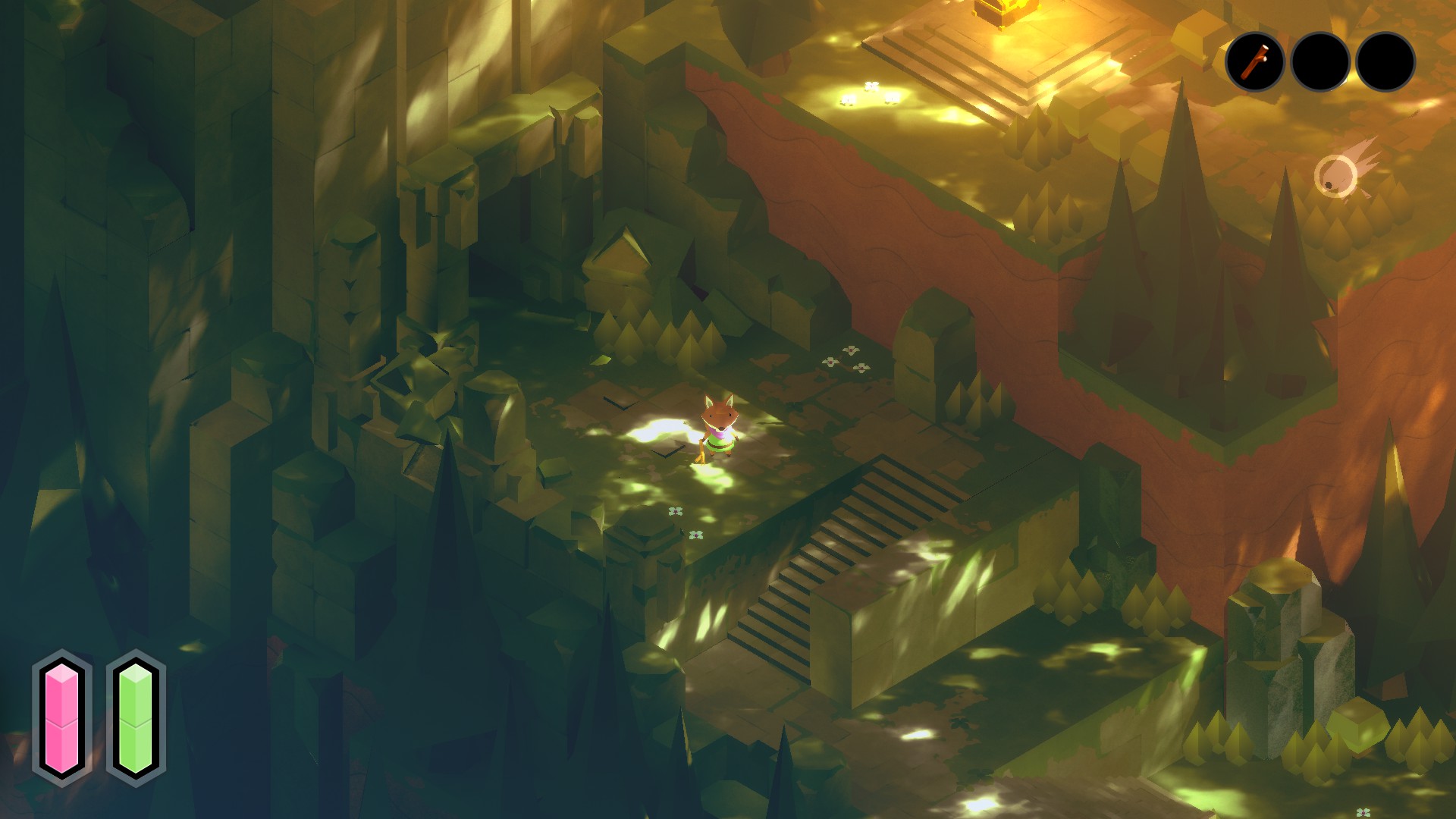
TUNIC captures the mystery of the early days of gaming, with baked-in explanations that must be discovered. It makes you earn your discoveries and your victories while encouraging a community of secret finders. At the same time, it resists the gatekeeping nature of the soulslike genre with a welcoming aesthetic and a pleasantly surprising selection of accessibility options. Even though I didn’t love my time with the game, even I can recognize that, aside from a tedious endgame, this is a well-done entry into the genre recommended to anyone with a taste for it or soulslike beginners.
You can check out TUNIC on the Xbox One, Xbox Series X/S and PC via Steam.
*Disclaimer: Reviewed on PC, code was provided by the Publisher.






